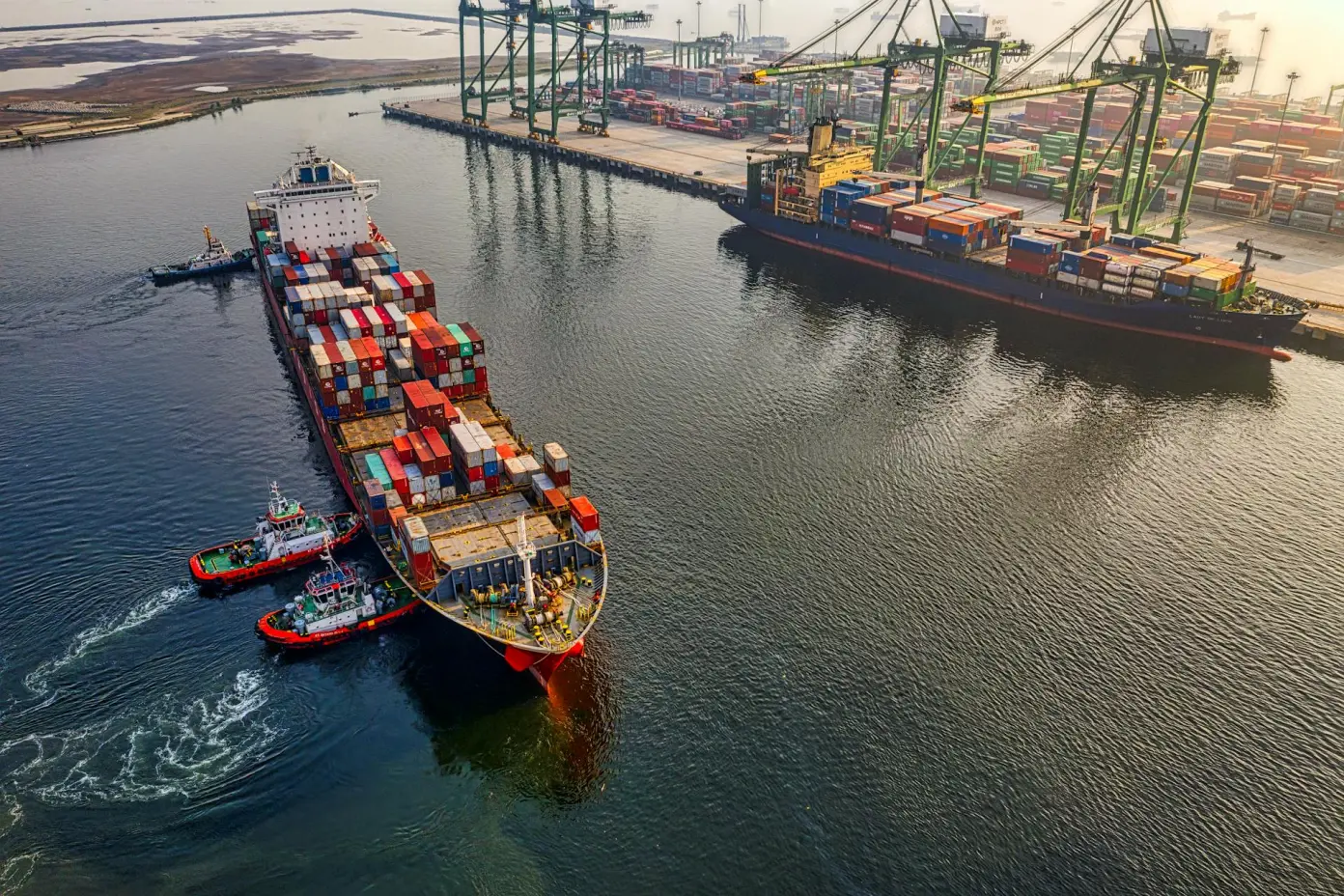The Trust for Governors Island, a non-profit organization founded by the City of New York, has unveiled the Empire State’s ‘first’ hybrid-electric public ferry, the Harbour Charger.
As disclosed, the arrival of the hybrid-electric Harbour Charger marked a ‘landmark’ moment for both Governors Island and New York State’s efforts to facilitate sustainable maritime transportation. The ferry reportedly arrived in New York from Louisiana, where it was built at the Conrad Shipyard in Morgan City.
Construction work is said to have taken two weeks and was wrapped up this spring.
Per the Trust for Governors Island representatives, the ferry, designed by Elliot Bay Design Group (EBDG), boasts a capacity of up to 1,200 passengers and 30 vehicles. It is the second ship to be designed by EBDG for the Trust.
The ferry is set to replace the diesel-powered Lt. Samuel S. Coursen, a vessel that was commissioned by the U.S. Army in 1956 and has been in operation ever since.
As informed, the Harbour Charger was outfitted with Siemens Energy’s BlueDrive Eco diesel-electric propulsion system, as well as the company’s BlueVault battery-based solution and EcoMAIN, a platform that allows the operator to monitor the equipment ‘at all times.’
What is more, the unit’s maneuvering capabilities utilize German propulsion system manufacturer Schottel’s azimuthing thrusters with 360-degree steering.
Siemens Energy’s hybrid propulsion system is anticipated to minimize air pollution by enabling the boat’s systems to shift between three modes: zero-emissions, battery-only, and battery-assisted hybrid with diesel backup. The Trust for Governors Island has elaborated that the battery-assisted hybrid mode could potentially cut carbon dioxide (CO2) emissions by nearly 600 tons per year.
That said, once shoreside charging sites are installed, Harbour Charger is projected to reduce emissions by an additional 800 tons annually.
Moreover, with the help of U.S. Senator Kirsten Gillibrand, U.S. Senate Majority Leader Charles Schumer, and Congressman Dan Goldman, the Trust secured $7.5 million in federal infrastructure funding from the U.S. Federal Transit Administration to support the shoreside charging facilities. This, in turn, is hoped to allow the eco-friendly ferry to reach fully electric operations.
“When I helped write and pass the Bipartisan Infrastructure Law and the Inflation Reduction Act, this sort of new, clean-energy transportation was exactly what I had in mind,” said Schumer.
The Senator added that New York’s new ferry is a “faster and cleaner” alternative that could help accelerate the mission of the Governors Island Climate Exchange, an initiative focused on investing in the development and implementation of sustainability-oriented solutions.
“The Harbor Charger is proof that New York can lead the way in building a cleaner, healthier future while keeping our city moving. As the first hybrid-electric public ferry in the state, it’s not just a milestone for Governors Island—it’s a model for how we can cut emissions, improve air quality, and advance climate innovation right here in our own harbor,” Julie Tighe, President of the New York League of Conservation Voters, further remarked.
It is worth noting that electrification has increasingly been seen as one of the ‘most viable’ paths to net zero among the ports of New York and New Jersey.
In March 2021, for example, the ports, as well as several port tenants, agencies and organizations, clinched $100 million worth of financing for clean, equitable transportation projects.
At the time, it was divulged that the funds would be used for electrification programs, including projects like electrifying cargo handling and other medium-duty and heavy-duty equipment in port and industrial areas.
In September 2023, the Port Authority of New York and New Jersey released the Net-Zero Roadmap, comprising a plan specifying around 40 actions that could help the ports achieve their climate neutrality ambitions, including initiatives related to electrification. This was followed by the New York City Council unpacking a brand-new environmental bill in December 2024, focused on enabling zero-emission operations by 2040.
Among the targets of the bill was seeing if it was possible to provide ‘sufficient’ shore power to all types of commercial vessels, ferries included, by 2027 and examining if there were any barriers ahead that could prevent achieving that.





